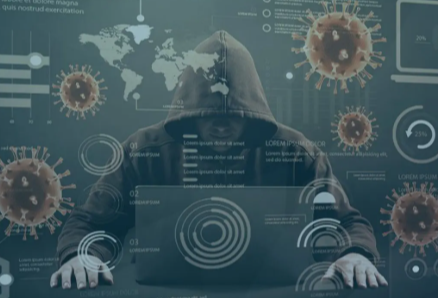As 2025 approaches, the landscape of cybersecurity is poised for significant challenges. Ransomware attacks will likely become more sophisticated, targeting specific vulnerabilities in complex digital infrastructures. Meanwhile, phishing schemes will evolve, employing advanced psychological strategies to deceive individuals. The emergence of AI-driven threats further complicates the situation, introducing automated intrusion techniques. Understanding these evolving threats is crucial for organizations looking to bolster their defenses against a rapidly changing cyber environment. What measures can be taken to adapt?
The Rise of Ransomware Attacks
As organizations increasingly rely on digital infrastructure, the prevalence of ransomware attacks has surged, presenting a significant challenge to cybersecurity in 2025.
The ransomware evolution has led to more sophisticated, targeted attacks, exploiting specific vulnerabilities within networks.
These attacks not only disrupt operations but also threaten organizational autonomy, necessitating a proactive approach to cybersecurity that emphasizes resilience and adaptive response strategies to mitigate potential impacts.
Read more: How to Protect Your Data in the Age of IoT
Phishing Schemes and Social Engineering Tactics
How do cybercriminals effectively exploit human vulnerabilities in 2025?
Through sophisticated phishing schemes and social manipulation, they undermine email authenticity, tricking individuals into divulging sensitive information.
By leveraging psychological tactics, attackers create tailored scenarios that resonate with recipients, increasing the likelihood of compliance.
This manipulation not only threatens personal security but also jeopardizes organizational integrity, necessitating robust awareness and education initiatives.
AI-Driven Cyber Threats
The evolution of cybersecurity threats has taken a significant turn with the integration of artificial intelligence (AI) into the arsenal of cybercriminals.
Automated intrusion techniques now exploit AI capabilities, allowing for rapid, sophisticated attacks.
Additionally, deepfake manipulation enables the creation of realistic but deceptive content, further complicating the threat landscape.
This fusion of AI and cybercrime necessitates advanced countermeasures to safeguard individual freedoms and privacy.
Conclusion
As the digital landscape transforms, the shadows of evolving cybersecurity threats loom larger, resembling dark clouds gathering before a storm. Organizations must fortify their defenses, like ancient castles reinforcing their walls against relentless sieges. Emphasizing resilience and education is paramount, as well as embracing advanced technologies to counteract the sophisticated techniques employed by cybercriminals. In this intricate dance between innovation and vulnerability, vigilance becomes the beacon guiding stakeholders through the tempest of cybersecurity challenges that lie ahead.






